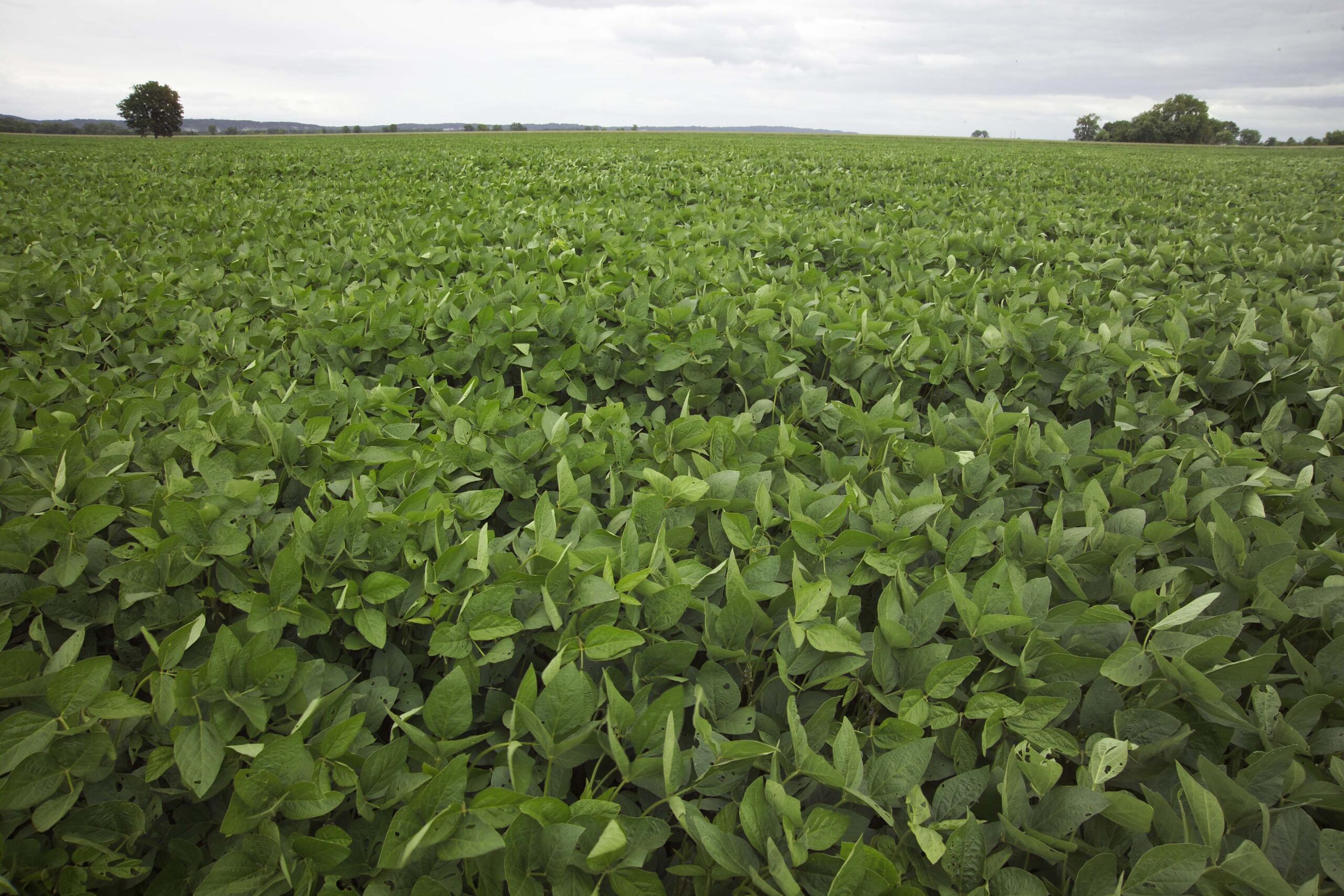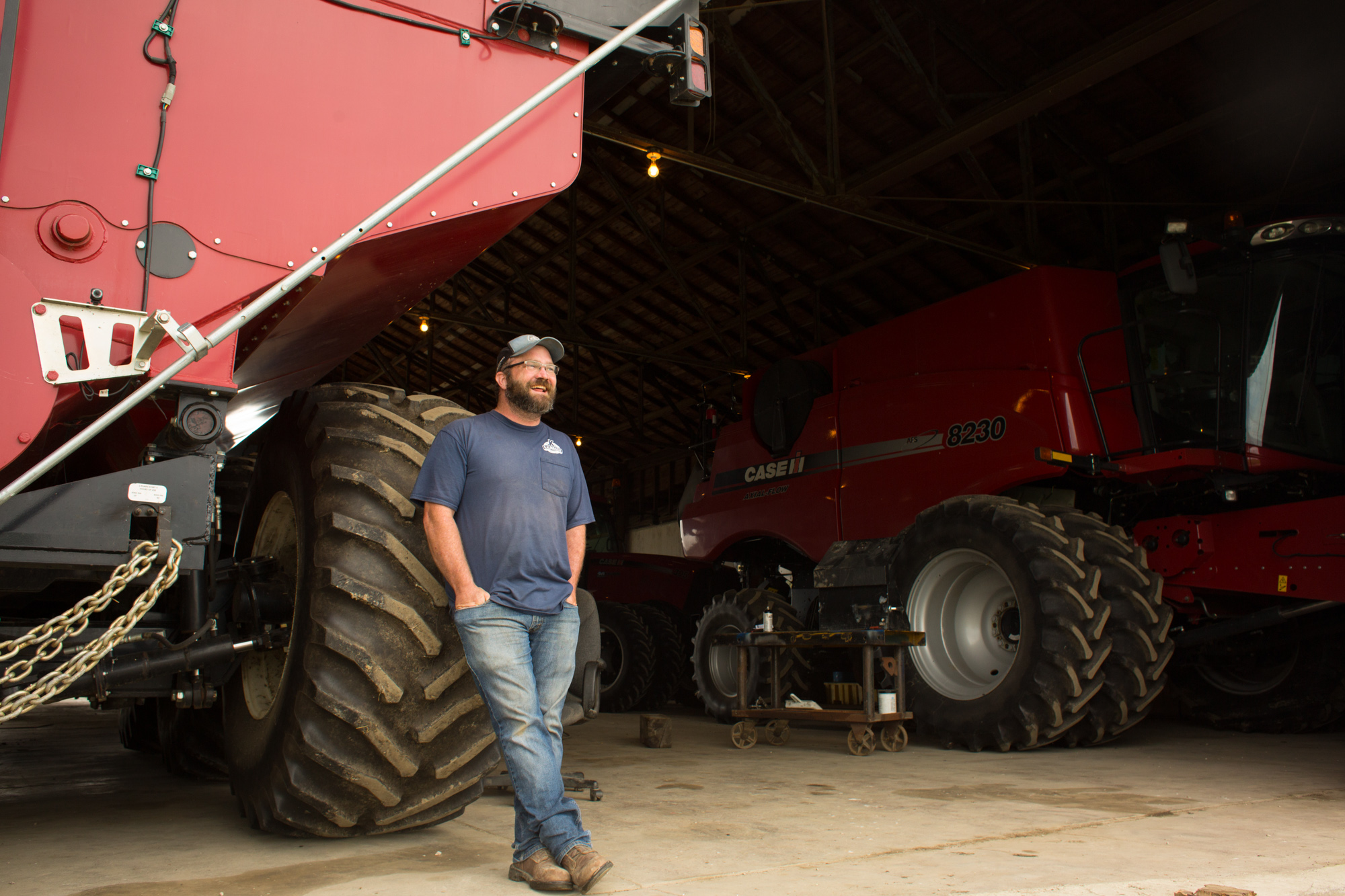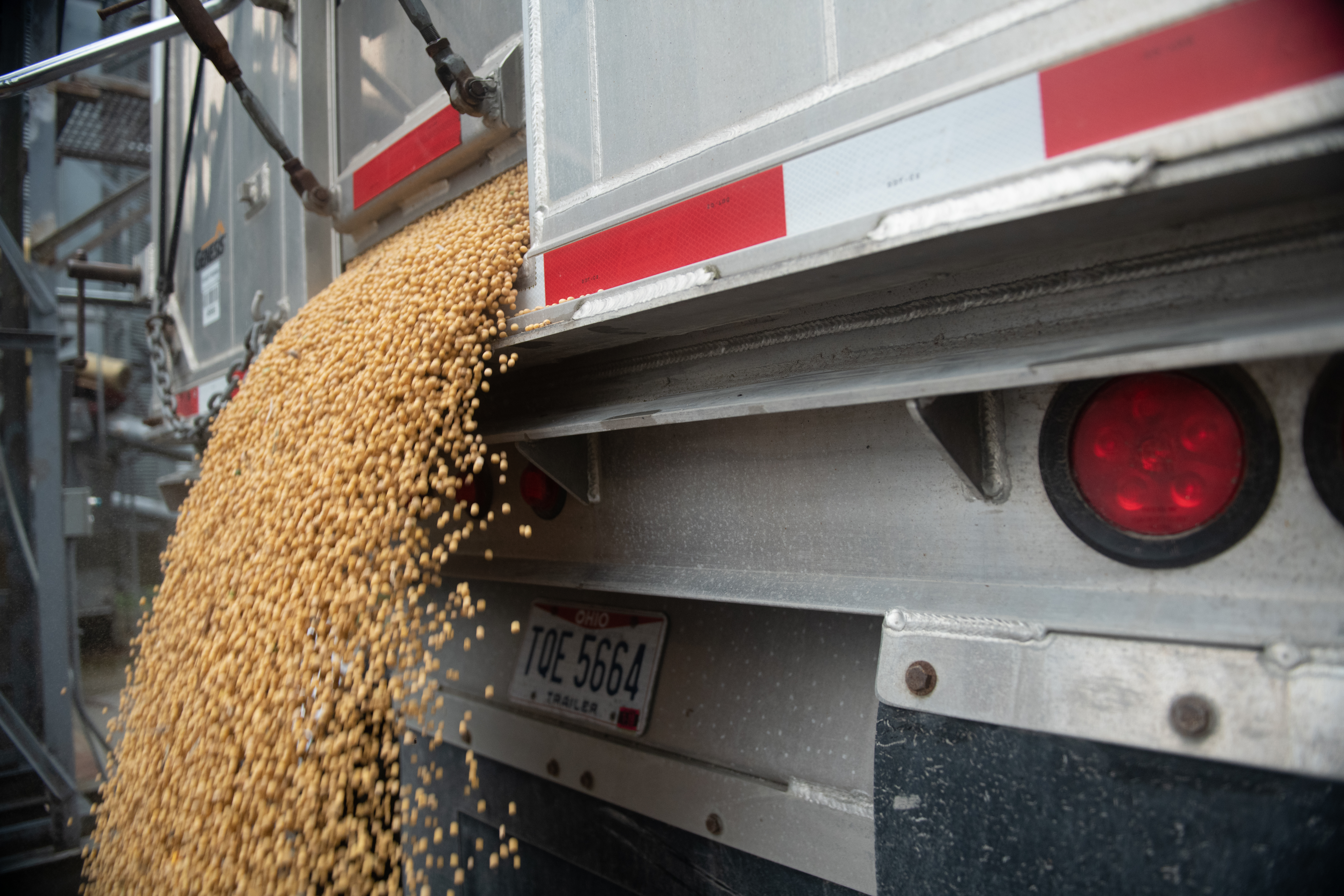Western Ohio Cropland Values and Cash Rents 2022

By Barry Ward, Leader, Production Business Management Director, OSU Income Tax Schools OSU Extension, Agriculture & Natural Resources
High crop prices and COVID-era legislative ad-hoc government payments coupled with lower interest rates (among other factors) over the last two and half years have given strength to farmland markets. Higher input costs over the last year and half with rising interest rates have offset some of this strength but farmland values continue to increase. Many of these same factors have given strength to the farmland rental markets which have also seen increases this last year and will likely see additional increases in 2022.
According to the Western Ohio Cropland Values and Cash Rents Survey, cropland values in western Ohio are expected to increase in 2022 by 8.0 to 11.3 percent depending on the region and land class. This is on top of increases from 2020 to 2021 of 7.2 to 26.6 percent depending on region and productivity class. Cash rents are expected to increase from 5.8 to 6.8 percent depending on the region and land class. This is on top of rental increases of 1.5 to 7.7 percent from 2020 to 2021.
Ohio Cropland Values and Cash Rent
Ohio cropland varies significantly in its production capabilities and, consequently, cropland values and cash rents vary widely throughout the state. Generally, western Ohio cropland values and cash rents differ from much of southern and eastern Ohio cropland values and cash rents. The primary factors affecting these values and rents are land productivity and potential crop return, and the variability of those crop returns. Soils, fertility and drainage/irrigation capabilities are primary factors that most influence land productivity, crop return and variability of those crop returns.
Other factors impacting land values and cash rents may include field size and shape, field accessibility, market access, local market prices, field perimeter characteristics and potential for wildlife damage, buildings and grain storage, previous tillage system and crops, tolerant/resistant weed populations, USDA Program Yields, population density and competition for the cropland in a region. Factors specific to cash rental rates may include services provided by the operator and specific conditions of the lease.
Study Results
The Western Ohio Cropland Values and Cash Rents study was conducted from January through April in 2022. The opinion-based study surveyed professionals with a knowledge of Ohio’s cropland values and rental rates. Professionals surveyed were rural appraisers, agricultural lenders, professional farm managers, ag business professionals, OSU Extension educators, farmers, landowners and Farm Service Agency personnel.
Respondents were asked to group their estimates based on three land quality classes: average, top and poor. Within each land-quality class, respondents were asked to estimate average corn and soybean yields for a five-year period based on typical farming practices. Survey respondents were also asked to estimate current bare cropland values and cash rents negotiated in the current or recent year for each land-quality class. Survey results are summarized for western Ohio with regional summaries (subsets of western Ohio) for northwest Ohio and southwest Ohio.
The complete survey summary can be accessed and downloaded at Ohio State’s Farm Office page.

